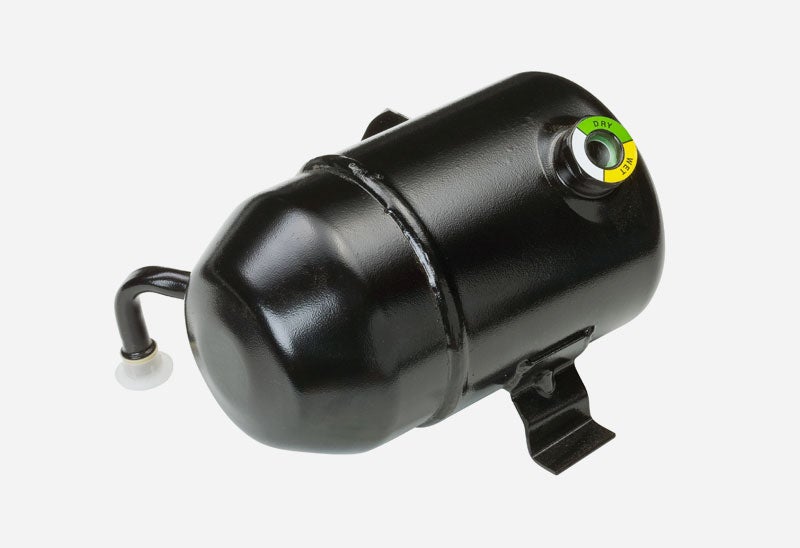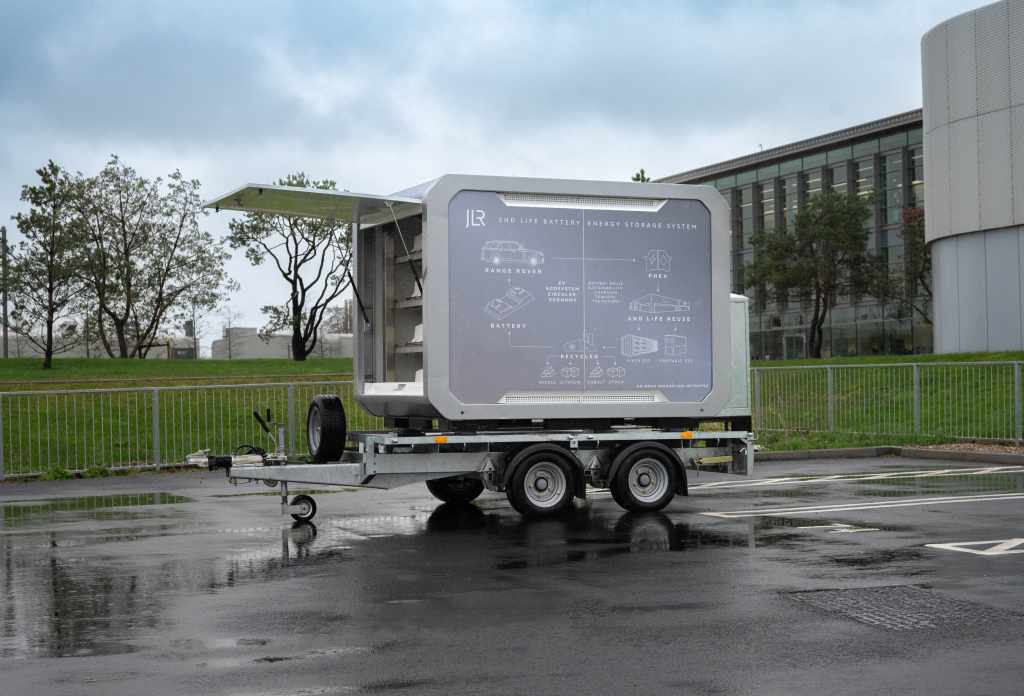Panoramic sunroofs stretching the length and breadth of a vehicle are becoming increasingly popular on both sides of the Atlantic. These designs give the best of both worlds: saving on cost (compared to a convertible) and adding to the versatility of the car. In this interview, Matthew Beecham talked with Jos Sanders, director of advanced technology at Inalfa Roof Systems Group about how the roof sector is evolving.
just-auto: What is your consumer research telling you?
Jos Sanders: We still see a strong consumer need for light and air. The consumer understanding of sunroofs has matured and we see a growing population of consumers willing to pay for light and air. This is reinforced also by a growing group of second-buy consumers. One of the other conclusions is that the sunroof is considered [to be] a product to easily differentiate your car. We also see a trend towards consumers driving smaller cars although they want to maintain the levels of comfort they are used to.
j-a: What trends are you seeing in sunroof designs? e.g. larger sunroofs, solar powered sunroofs, polycarbonate glazing?
JS: We still see a trend in growing size of sunroofs with bigger take-rates and across more vehicle segments. This at the same time drives a sense of urgency for lowering the total weight of sunroofs. Customers and consumers do appreciate that low-weight solutions require more advanced material choices and technologies. However, there has to be a clear performance factor to rectify additional costs. This is where technologies like solar-powered sunroofs are struggling. The output performance and cost structure are not balanced yet.
j-a: Is there still a move toward a bottom-load, big roof? i.e. a middle niche developing which is between a traditional sunroof and an all-glass moving system. How is that niche or trend evolving?
How well do you really know your competitors?
Access the most comprehensive Company Profiles on the market, powered by GlobalData. Save hours of research. Gain competitive edge.

Thank you!
Your download email will arrive shortly
Not ready to buy yet? Download a free sample
We are confident about the unique quality of our Company Profiles. However, we want you to make the most beneficial decision for your business, so we offer a free sample that you can download by submitting the below form
By GlobalDataJS: We see this as a trend which means the market for these roofs is growing. But we don’t see this as a fashion trend but as a strongly fact-driven trend based on volumes, specific markets and vehicle segments and styling.
j-a: SUVs are said to represent the largest growth opportunities for the wide opening panorama roofs, followed by sedans. How do you see the market opportunities for these panoramic roofs? Are crossovers the ideal segment?
JS: We agree with this statement, and consider this to be in line with the previous statement that the luxury levels are coming down to lower car segments. By bringing the previously SUV-dominated roofs down to the crossover vehicles, this is making these roofs available to more vehicle segments. This is in line with normal implementation paths for new vehicle technology.
j-a: Are roof systems becoming so complex that the next challenge is to simplify them? How do you achieve that?
JS: Both of these assumptions seem to be right. We do believe that there is a market for highly innovative roofs which will be targeted at vehicles bought by early adapters. The commodity sunroof will borrow the technology from these innovative roofs at some point in the future.
j-a: How do you see the further development of sunroof design?
JS: For the future, we see three main drivers for sunroof design: weight reduction to support CO2 emission reduction, cost control and strong attractive designs.






